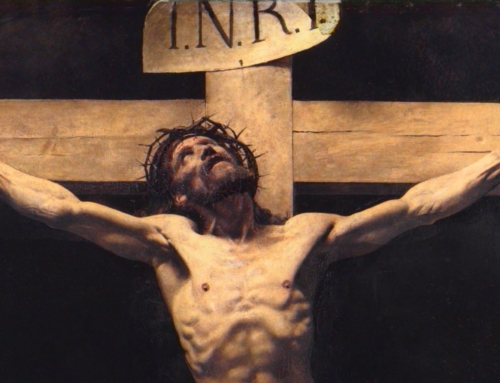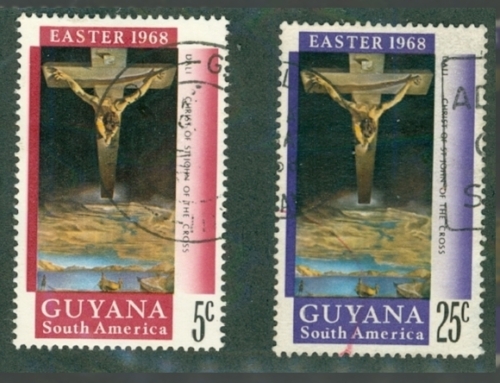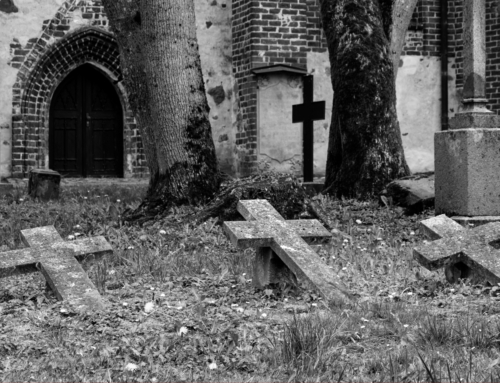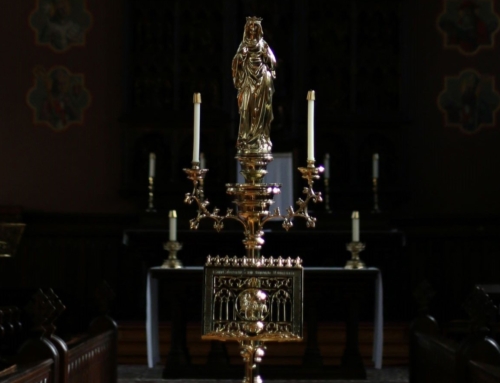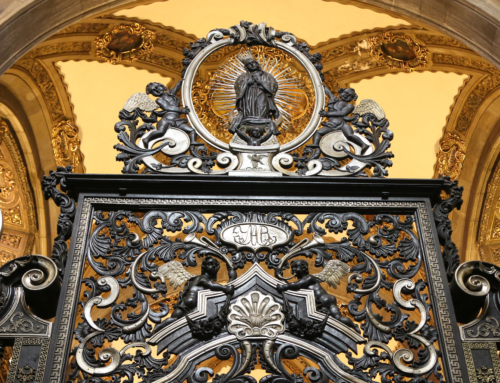“Through her heart, his sorrow sharing,
All his bitter anguish bearing,
Now at length the sword had passed.” (Stabat Mater)
The roses at the Dominican House of Studies have been spectacular lately. Their colors vie for our attention. The branches extend to the windows as if the buds are watching the friars pass. Their thorns are frightening. They remind us that the rose’s allure also brings agony. After all, “a crown of roses is also a crown of thorns” (G.K. Chesterton).
Chesterton’s poignant phrase is as incisive as the thorns it describes. It also pertains to the feast we celebrate today: Our Lady of Sorrows. The thorns remind us of Mary’s sorrowful heart, often pierced in depictions (see Luke 2:33-35). At the same time, a crown of roses adorns her Immaculate Heart. Chesterton’s point leads us to ponder the connection between these two portrayals of Mary’s heart.
Two questions drive our reflection: What is the significance of Mary’s heart, and why is it pierced?
When we see a heart, we usually think of more than a bundle of cardiac muscle tissue. At the most basic level, the heart is something that gives life to the body. It’s a sign of vitality. This observation helps us see why it is fitting to call Mary’s heart “Immaculate.” Mary gave herself to provide earthly life to the Christ child, and her Immaculate Heart shows that God predestined her to do so (see Rom 8:29-30). This graced predestination is what disposes her to maintain her gift of self, even at the cross. In her sorrowful heart’s anguish, she gives the same Fiat that gave life and flesh to the Word. She submits to the will of God at Golgotha as she did at Nazareth.
The heart is a fitting image in another way. It is a visible sign of love, and Mary’s heart is no different. Her Immaculate Heart reminds us of the love she has for Christ and the members of his Mystical Body. This reminder is both bitter and beautiful, much like the cross. When we look at the Cross, it reminds us of the gravity of our sins and the depths of Christ’s love. Similarly, when we look at Mary’s sorrowful heart, we are reminded of how sin grieves her heart—a grief seen most clearly at the cross—and her response of love that she pours out for us (see 1 John 4:9-11).
We can see that the heart is a fitting image for our reflection, but is it any less fitting because it is pierced? Do the wounds from the thorns compromise the beauty which adorns her heart with roses? Not at all. Mary’s freedom from the stain of original sin does not prevent her from feeling the pain of its consequences. It is precisely because her heart is “full of grace” (Luke 1:28) that it experiences the sting of sin with such intensity as she beholds her crucified child. Mary suffered perfectly because she loved perfectly. Elevated by grace, she paradigmatically conforms herself to love by conforming herself to the cross, the perfect manifestation of love (see 1 John 3:16). This example of perfect love and perfect suffering compels the Church to ask her in today’s liturgy:
“O sweet Mother! Font of love,
Touch my spirit from above,
Make my heart with yours accord.
Make me feel as you have felt;
Make my soul to glow and melt
With the love of Christ, my Lord.” (Stabat Mater)
This feast of Our Lady of Sorrows turns our heart to that of Mary. We see her immaculate and sorrowful heart, both pure and pierced, overflowing with love. From this wellspring, our souls bear beautiful fruit in the midst of thorns, much like a rose. Mary exemplifies this fruit by teaching us to love and inviting us to share in her sorrow. The Church, who looks to Mary as a model, receives this lesson and replies:
“Holy Mother, pierce me through,
In my heart each wound renew
Of my Savior crucified.
Let me share with you his pain,
Who for all our sins was slain,
Who for me in torments died.” (Stabat Mater)
✠
Photo by Andrey Grinkevich on Unsplash


